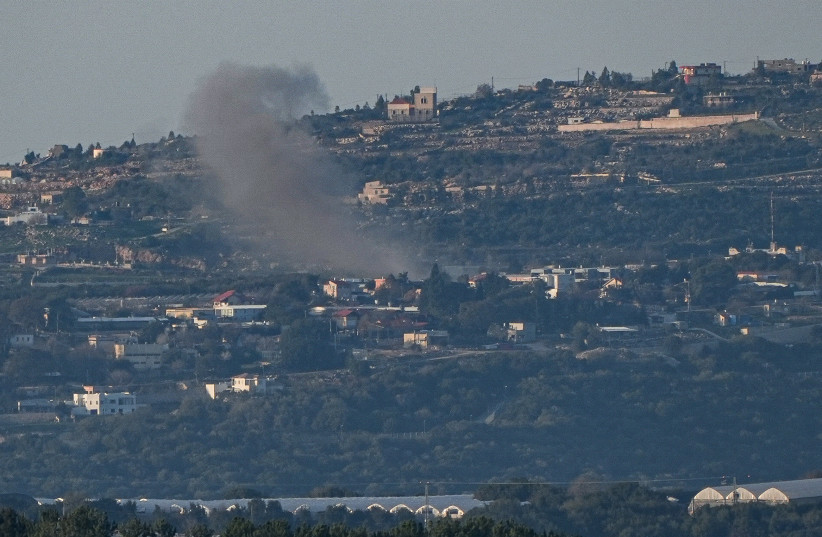Hezbollah claimed a new round of attacks on Israel on Tuesday and Wednesday, as the Iranian-backed Lebanese terrorist group has also been increasing some of its threatening rhetoric lately.
For instance, Hezbollah leader Hassan Nasrallah has threatened to increase the range of attacks inside Israel in what he claims is a response to attacks by Israel.
According to the Iranian state media IRNA, “Hezbollah announced on Tuesday night that it had targeted the towns of Kfar Hoshen, Or Haganuz, Bar Yohai, Kabri, and Meron with dozens of Katyusha rockets in response to the Israeli regime’s airstrike on southern Lebanon, which resulted in the martyrdom of three civilians.” Hezbollah’s Al-Manar reported the same details.
Hezbollah launched up to 150 rockets in these attacks over a period of 24 hours, which is an increase in attacks. The areas targeted included Kiryat Shmona and Mount Meron on Tuesday and also areas near Nahariya on Wednesday.
Warning against offensive in Lebanon
Nasrallah also gave a speech warning Israel against an offensive in Lebanon. He said Israel would not emerge well from a war in Lebanon and its armored units would be destroyed. He also praised the Houthis in Yemen and the Palestinians. He alluded to his view that Israel is now suffering defeats on multiple fronts and that this generation in the region will see Israel defeated.
The context of the attacks comes amid Iranian-backed escalation on several fronts. The Houthis in Yemen struck a ship with an unmanned surface vessel. Iraqi militias also attempted to attack the Asad base in Iraq where US forces are present. The Iraqi group used two drones in the attack.
The threats come as the head of US Central Command Gen. Michael Kurilla is in the region and visited Jordan, Syria, and Israel. On July 15, US Central Command said, “In the past 24 hours, US Central Command (USCENTCOM) forces successfully destroyed five Iranian-backed Houthi uncrewed aerial vehicles (UAV), three over the Red Sea and two over Houthi-controlled areas of Yemen.”
Overall it is possible the escalation in the region relates to Kurilla’s visit and also a sense among Iranian proxies that they need to increase attacks as Israel continues to have success in Gaza.

